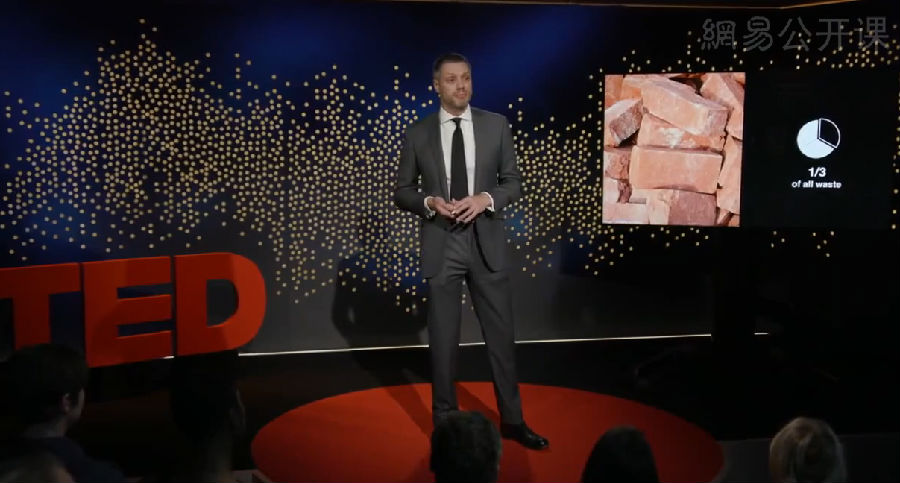(单词翻译:单击)
听力文本
Ninety-five percent of every single car that goes on the road gets recycled here.
所有在路上跑的汽车中,有95%都会被回收循环使用。
And of that car, about 75 percent of the entire car actually gets used again.
而每辆车75%的部分又会被回收重新使用。
That includes, of course, the old steel and aluminum but then also the plastics from the fender and the interiors,
回收的部分包括,废弃的钢和铝,还有那些来自挡泥板和汽车内部的塑料制品,
glass from the windows and the windshield and also the tires.
车窗玻璃和挡风玻璃,以及轮胎。
There's a mature and successful industry that deals with these old cars
有一个成熟的、成功的产业,专门处理报废车辆,
and basically recycles them and puts them back into use as new cars or other new products.
对它们进行回收,并重新利用到新的汽车或其他产品中去。
Even as we move towards battery-powered cars, there are companies that claim they can recycle up to 90 percent
甚至我们的电动汽车,一些公司宣称,它们最多可以回收再利用
of the 11 million tons of batteries that are going to be with us in 2020.
到2020年所生产的1100万吨电池中的90%。
That, I think, is not perfect, but it's certainly good, and it's getting better.
我认为,这并不完美,但已经非常不错了,而且还有改善的空间。

The industry that's not doing so well is the architecture industry.
在这一方面做得不太好的是建筑行业。
One of the challenges with architecture has always been when we build up, we don't think about taking down.
其中一个原因是,我们只考虑建筑物建造,却不考虑拆卸的问题。
We don't dismantle, we don't disassemble, we demolish.
我们不会拆卸或拆除建筑物,只会直接摧毁。
That's a challenge, because it ends up that about a third of all landfill waste in the US is architecture.
这是一个挑战,因为美国垃圾填埋场中有三分之一都是建筑垃圾。
We need to think differently about this. There are programs that can actually reduce some of this material.
我们应该想想怎么解决这个问题。有些做法可以减少建筑垃圾的产生。
A good example is this. These are actually bricks that are made from old demolition waste, which includes the glass, the rubble, the concrete.
举一个比较好的例子,这些砖头是用建筑废渣料生产的,其成分包括玻璃、瓦砾和混凝土。
You put up a grinder, put it all together, heat it up and make these bricks we can basically build more buildings from. But it's only a fraction of what we need.
把它们放进研磨机中加热,生产出的砖头又能被用于更多建筑中去了。但这只是很小的一部分。
My hope is that with big data and geotagging, we can actually change that, and be more thrifty when it comes to buildings.
我希望,我们能利用大数据和地理定位改变这种状况,把节俭这个概念运用到建筑业中。
演讲介绍
安德鲁·登特认为,没有什么东西是应该扔掉的——当你将用过的食品容器、玩坏的玩具或者旧袜子扔进垃圾桶时,它们最终将不可避免地被运到垃圾场。但我们可以改进产品的生产和再生产方式。登特分享了关于节俭的几个例子,如利用和重新利用你需要的东西而不总是买新的,材料科学的进步——如用纳米纤维制作的电子产品,以及用酶让塑料变得可无限循环利用。


